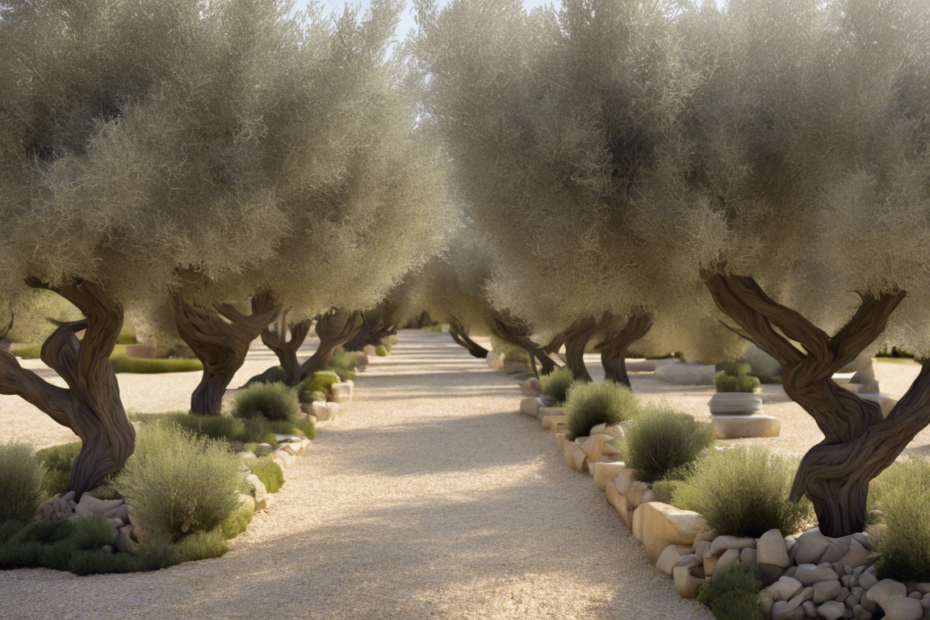If you’re considering adding a touch of Mediterranean charm to your garden, there’s no better way to do it than with olive trees.
Not only do these trees offer a beautiful aesthetic, but they also thrive in a variety of conditions, making them perfect for many home gardens.
In this article, we’ll explore the most popular types of olive trees, what makes them special, and how to choose the best variety for your specific climate.
Let’s dive in and discover the perfect olive tree to enhance your outdoor space!
Choosing the Right Olive Tree for Your Climate
When it comes to enhancing your backyard or garden with olive trees, knowing the right types of olive trees for your climate is crucial.
If you live in a warmer region with mild winters, varieties like the Arbequina or Koroneiki can thrive, producing delicious fruit for oil production.
On the flip side, if you’re in an area that experiences cooler temperatures, consider the Leccino or Frantoio types which have better cold tolerance.
These trees not only add a touch of elegance to your outdoor space but also promise a generous yield of high-quality olives for your homemade oil.
Don’t forget to check your local nursery for regional varieties; you might just stumble upon a hidden gem that flourishes beautifully in your specific environment!
Frequently Asked Questions
What are the most popular types of olive trees for home gardens?
Some of the most popular types of olive trees for home gardens include the Arbequina, Manzanilla, and Kalamata.
Each of these varieties is known for its hardiness and excellent oil production.
How do I choose the right olive tree variety for my climate?
To choose the right olive tree for your climate, consider your local temperature ranges, rainfall patterns, and soil type.
Mediterranean climates are ideal, but some varieties can tolerate colder conditions.
Can I grow olive trees in pots or containers?
Yes, many olive tree varieties can be successfully grown in pots or containers, especially dwarf varieties like the Little Ollie, which are perfect for small spaces.
How long does it take for an olive tree to start bearing fruit?
Typically, olive trees will start bearing fruit in about 3 to 5 years after planting, depending on the variety and growing conditions.
What maintenance do olive trees require?
Olive trees require minimal maintenance, including regular watering, occasional pruning, and protection from pests.
It’s important to ensure good drainage and sunlight for optimal growth.
